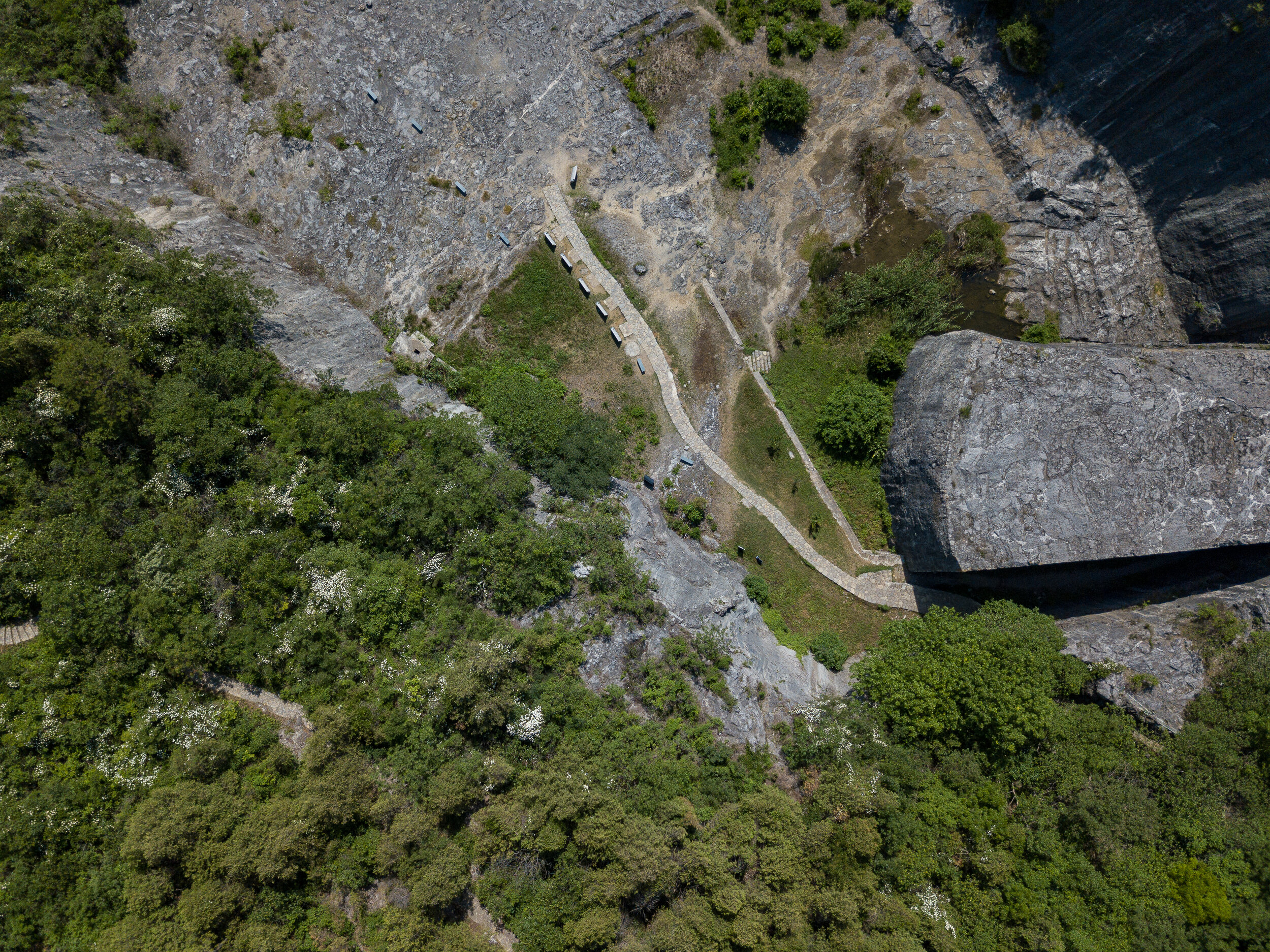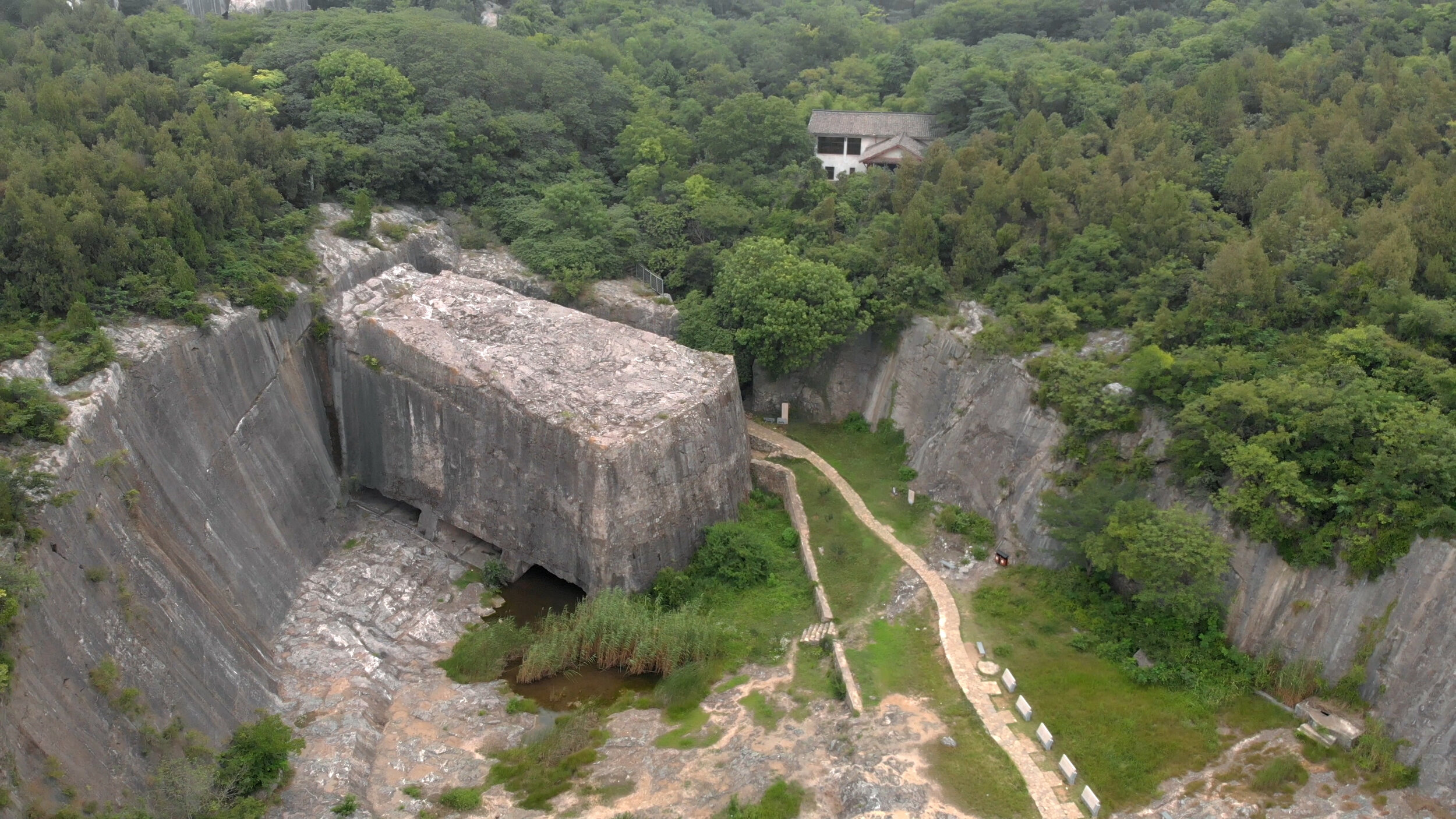I’ve been very fortunate to have visited many megalithic sites in China. Most have stunning views and fascinating evidence of a lost process and proficiency with stone from deep antiquity. However, I do have my favorites: Yangshan quarry and Heidong Quarry. Yangshan was the first megalithic site I visited and remains my most visited site (8 times). With the three largest (unmoved) megaliths in the world, evidence of stone processing that is inconsistent with the known tools and techniques of ancient China, and the potential to date the exposed stone, there are many good reasons for this site to be my favorite. But it is the sense of an immensely important past, peripherally whispered from these stoic giants that makes the site so compelling and a must visit for any megalithic enthusiast.
“Yangshan Quarry tells a story from 1405C.E. when Emperor Zhu Di rose to usurp his nephew’s throne. To win over public support, Zhu Di hoped to erect a huge stone tablet to chant the praise of Zhu Yuanzhang (his father) for his great achievements. Zhu Di hoped to stabilize the political situation in this way. So, he solicited more than one thousand craftsmen across the country and excavated three stones at Yangshan in over 300 days. These stones comprise the top, base, and stele of the planned Bixi (turtle-dragon hybrid sculpture). Judging from the excavation results, the top stone is 6m in height, 11.74m in width, 4.6m in thickness and weights 862t. The stele stone is 25m in height, 9.84m in width, 4m in thickness and weights 2,617t. The base stone is 8.59m in height, 11.64m in width, 23.3m in length and weights 6,198t. Weighting 9,677t, the three stones have a total height of about 40m.”
Translated from the official Yangshan quarry website (http://njysbc.com). Please note that the above information requires corrections.
Model of Yangshan Quarry.





